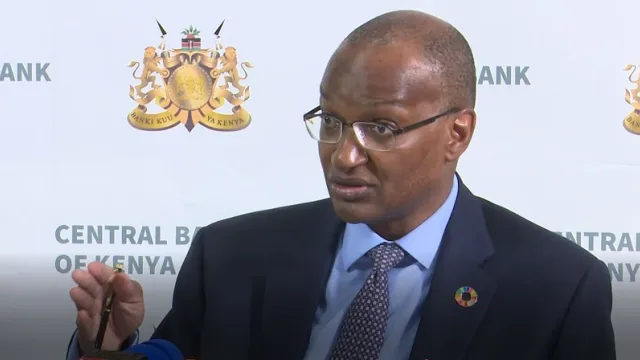A quarter of banks risk capital crisis if Covid-19 spikes default

A quarter of banks risk capital crisis if Covid-19 spikes default
Seven banks will need up to Kes10 billion if loan defaults jump leaving them with less capital than required by the industry regulator.
The Central Bank of Kenya conducted a stress test on banks in April under three scenarios and discovered that many lenders are on the verge of a crisis.
According to the 2020 financial sector report under the most basic scenario with the current COVID–19 conditions, including the existing restrictions and containment measures up to March 2021; and thereafter lifted as the spread recedes, if three big borrowers defaulted, 18 banks would land in trouble and require Kes45 billion bailout.
This is the basic scenario where lifting of Covid-19 curbs leads to fast economic recovery, improved firms’ earnings and households’ livelihoods, and gradual easing of the banks’ credit risk.
In a moderate scenario assumed that COVID–19 pandemic persists and even extends beyond March 31 for an additional three months to June 2021, leading to enhanced restrictions and containment measures, eight banks would be sunk by a sudden rise in defaults.
Read also: Agriculture backbone bows to service sector in new economic data
The eight banks would require roughly Kes17.5 billion to meet the required regulatory capital levels.
If three big lenders default in a moderate scenario, 14 banks will need Kes23.7 billion or they will be start stare at a collapse.
CBK also tested a severe scenario assumed that COVID–19 pandemic duration and intensity increases for an additional six months from the baseline to September 2021, underpinned by trigger events (super spreaders) and emergence of new variants, pushing the positivity rate above 15 per cent.
Consequently, the government imposes stricter restrictions and containment measures, thus, slowing down economic recovery leading to worsening of firms’ earnings and households’ livelihoods longer, thus higher banks’ credit risk.
In this scenario, 10 banks will need Kes21.9 billion in fresh capital if a widespread default were to occur.
If three big borrowers defaulted, 18 banks will be in problems and would need a Kes45.9 billion rescue plan.
CBK said despite the pandemic is affecting individual banks differently, banks’ in general have sufficient capital buffers to withstand the shock so far as indicated by the aggregate core capital adequacy ratios (CAR) remaining well above the minimum statutory core CAR of 10.5 per cent in all the scenarios.
Non-performing loans (NPLs) ratio increased to 14.1 per cent in December 2020, then to 14.6 per cent in March 2021 before easing to 14.0 per cent in June 2021.
In nominal terms, gross NPLs increased by 27.4 per cent to Kes424.1 billion in December 2020, and Kes442.6 billion in March 2021, but declined by 2.6 per cent to Kes435.3 billion in June 2021, signifying eased credit risk.



